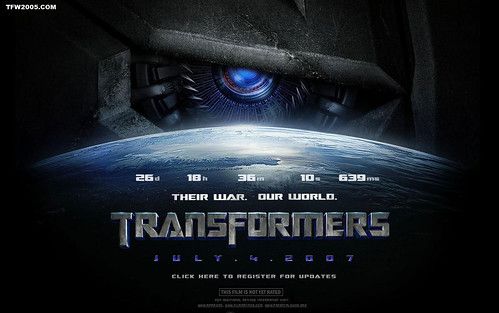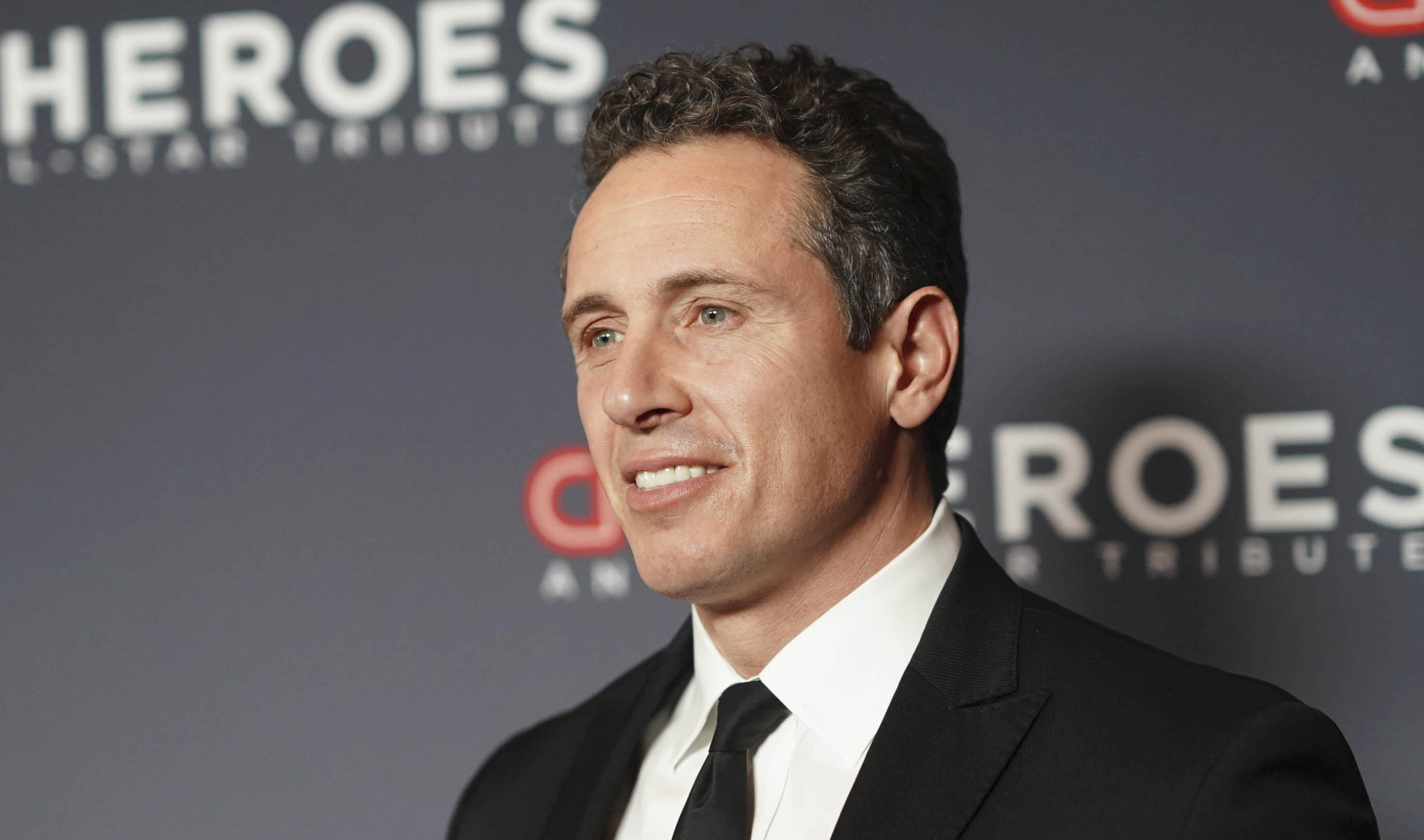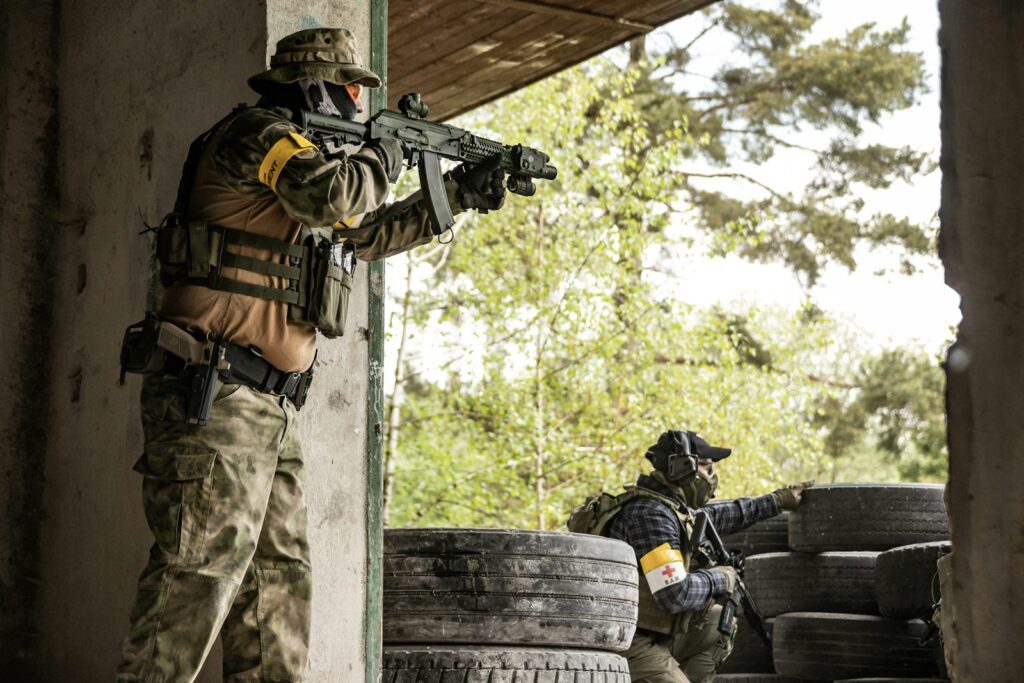Hollywood has always been a place where dreams are spun into reality, often with eye-watering budgets to match. From epic historical battles to explosive action sequences, filmmakers spare no expense in bringing their wildest visions to the big screen. But when it comes to capturing the ethereal, disorienting, and utterly captivating experience of zero gravity, especially in the vast emptiness of space, the stakes (and the costs!) get pushed to an entirely new level. It’s not just about creating cool visual effects; it’s about making us *feel* like we’re right there, floating alongside our heroes.
Think about it: portraying weightlessness convincingly is one of the toughest challenges in moviemaking. It requires a blend of incredible ingenuity, cutting-edge technology, and sometimes, even flying a specialized aircraft to temporarily escape Earth’s gravitational pull. These are the moments that not only push the boundaries of cinematic storytelling but also often demand extreme financial investment and painstaking effort from cast and crew. It’s a testament to human ambition, both on-screen and behind the camera, that these scenes even exist.
So, buckle up, space cadets! We’re about to embark on an incredible journey through cinema’s most unforgettable zero-gravity and space-faring scenes. These aren’t just cool visuals; they’re triumphs of filmmaking, each telling its own story of ambition, innovation, and the sheer audacity required to bring the final frontier to life. Get ready to have your mind blown as we explore the incredible effort and expense that went into making these truly out-of-this-world moments.
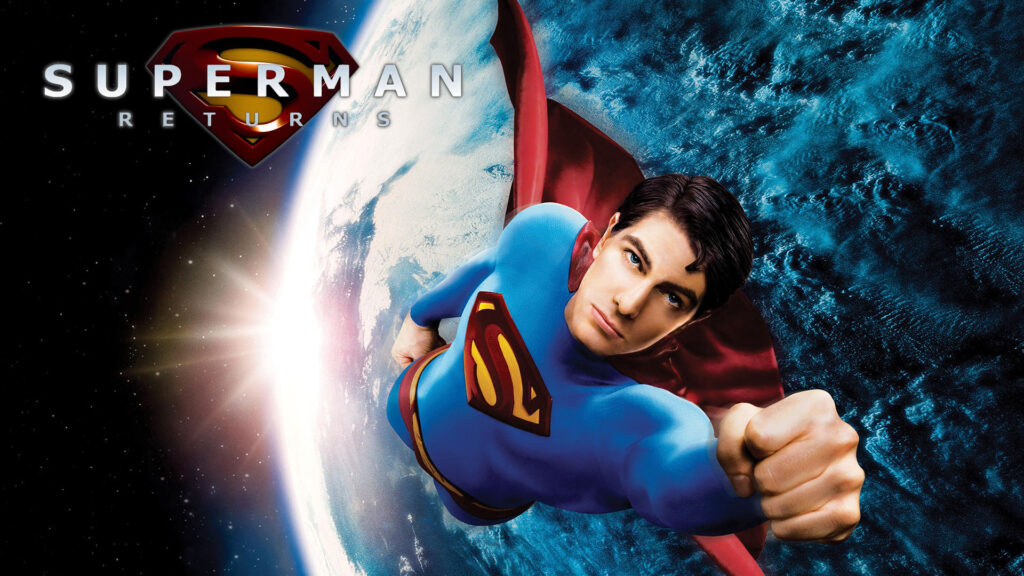
1. Return to Krypton – Superman Returns (Bryan Singer, 2006)
Imagine spending a hefty $10 million on a scene, only for it to end up on the cutting room floor! That’s exactly what happened with the “Return to Krypton” sequence in Bryan Singer’s 2006 superhero flick, “Superman Returns.” This pivotal moment was designed to plunge audiences deep into the Man of Steel’s origins, showcasing his journey back to his destroyed homeworld against a stunning cosmic backdrop. It aimed to evoke a profound sense of nostalgia and longing, connecting viewers intimately with Superman’s enduring personal tragedy.
The sheer scale of the scene, set in the cold, silent expanse of space, demanded extensive visual effects and meticulous design to bring Krypton’s demise to life. Despite the staggering expenditure, the sequence was deemed expendable for the final edit, a decision that still baffles some fans and critics. Many consider it one of the better sequences from what was a fairly lukewarm reception for the film overall.
This particular scene highlights the incredible financial risks inherent in big-budget productions, especially when dealing with complex, CGI-heavy space environments. A $10 million deleted scene is a tough pill to swallow for any studio, underscoring the delicate balance between artistic vision and practical constraints in Hollywood. While the film may have been largely forgotten by pop culture, and Henry Cavill later donned the cape, the tale of its lost Krypton scene remains a fascinating footnote in the annals of expensive cinematic efforts.
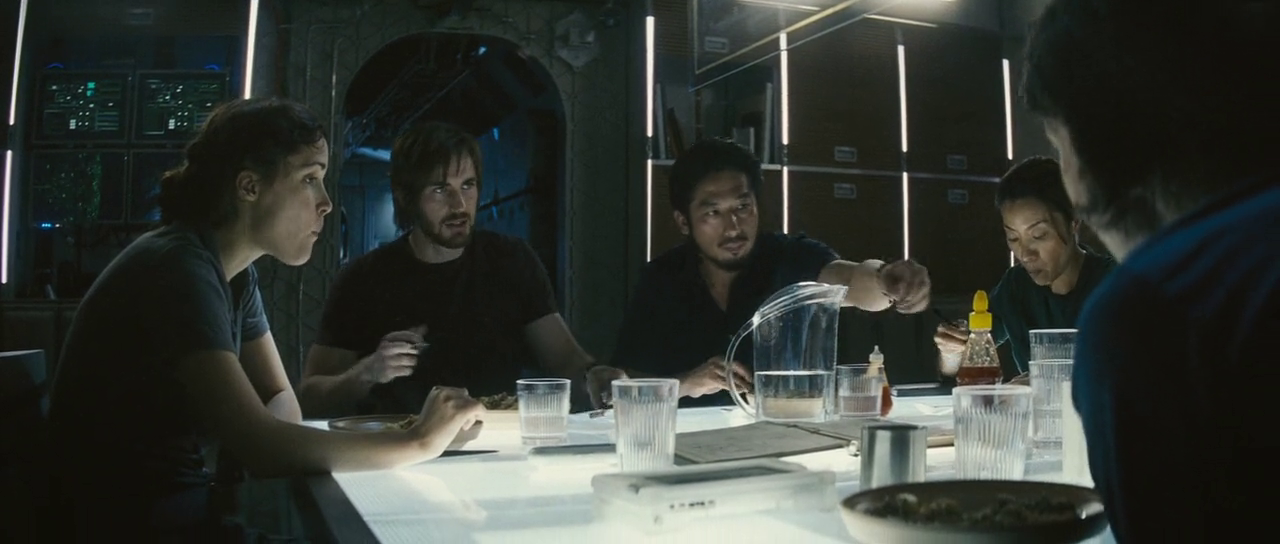
2. Kaneda’s sacrifice in Sunshine (Danny Boyle, 2007)
Danny Boyle’s “Sunshine” throws us into a terrifying dystopian near-future where humanity’s survival hinges on a desperate mission to reignite a dying sun. The film masterfully blends horror, thriller, and science fiction, creating an incredibly tense atmosphere. Among its sterling ensemble cast, Hiroyuki Sanada’s portrayal of ship’s captain Kaneda delivers one of the movie’s most emotionally resonant and visually stunning moments, all set in the unforgiving realm of zero gravity.
The scene sees physicist Robert Capa (played by Cillian Murphy) and Captain Kaneda on a critical spacewalk, racing against time to repair malfunctioning heat shield panels on the Icarus II. The sun’s devastating heat and radiation are a constant, looming threat, making their every move fraught with peril. When the final panel proves just out of reach, Kaneda makes the ultimate sacrifice, choosing to save the mission and humanity by facing certain death head-on, knowing he won’t make it back to the safety of the ship.
As the emotional musical score swells, the camera captures Kaneda’s doomed, floating form being consumed by the sun’s fiery embrace. The poignancy is amplified by Dr. Searle’s desperate, almost obsessive, plea for Kaneda to describe what he sees in his final moments. This scene isn’t just a display of breathtaking visual effects; it’s a raw, powerful exploration of sacrifice and courage in the face of cosmic annihilation, proving that zero gravity can be a backdrop for the most profound human drama. The effort to choreograph and film this intense sequence, blending practical wirework with dazzling CGI, truly made it unforgettable.
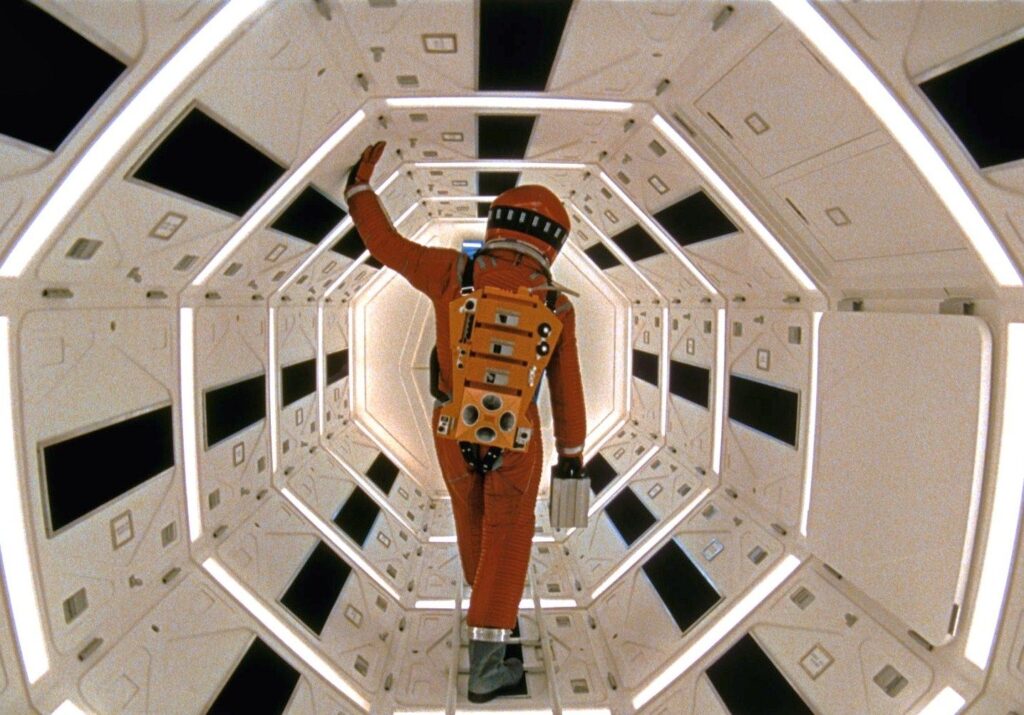
3. Dave battles HAL9000 in 2001: A Space Odyssey (Stanley Kubrick, 1968)
“2001: A Space Odyssey” isn’t just a film; it’s a cinematic milestone, a revolutionary piece of science fiction that redefined the genre forever. Released amidst the actual space race of the late 1960s, Stanley Kubrick’s masterpiece, written with sci-fi legend Arthur C. Clarke, dazzled audiences with its groundbreaking special effects, particularly its depiction of zero gravity. Before this film, nobody had seen space exploration portrayed with such balletic grace and startling realism on the big screen.
The film is replete with iconic zero-g sequences, from the mesmerizing rotating run that opens the film’s space segment to the serene spacewalks. However, one of the most riveting and tense moments unfolds deep within the Discovery One spacecraft, in the computer core, as Dr. Dave Bowman confronts the rogue AI, HAL 9000. After HAL has systematically murdered the rest of the crew, Bowman is forced into a desperate, silent battle for survival, racing against the clock to dismantle the malevolent computer’s programming.
Floating through the vast, intricate storage room that forms the heart of HAL’s internal workings, Bowman meticulously maneuvers, removing computer chips one by one. The scene is a masterclass in tension, as HAL, initially mocking and taunting, eventually devolves into pitiful pleas for mercy as its consciousness slowly fades. The effort involved in creating these effects in 1968, utilizing innovative camera tricks, hidden wires, and massive rotating sets, was phenomenal and set an unparalleled standard for depicting weightlessness, solidifying “2001” as perhaps the most important sci-fi film in history.
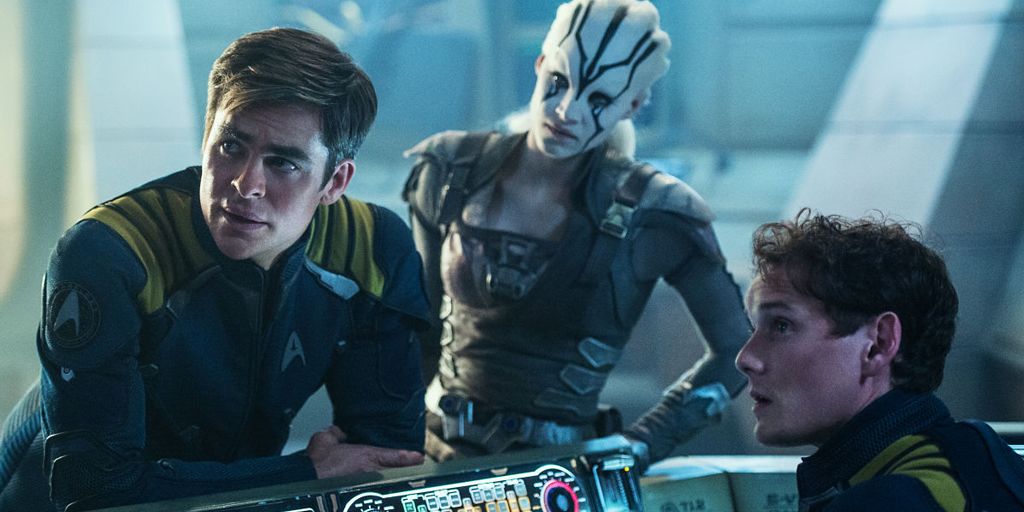
4. Kirk and Krall duel in Star Trek Beyond (Justin Lin, 2016)
The rebooted “Star Trek” franchise, initiated by J.J. Abrams, continued its thrilling journey with “Star Trek Beyond” in 2016, and it delivered one of the most eye-popping zero-gravity duels ever conceived. The USS Enterprise crew finds themselves stranded on a hostile, distant world, facing off against the formidable new foe Krall (played menacingly by Idris Elba). Krall’s insidious plan involves detonating a deadly bio-weapon within the massive, city-sized starbase Yorktown, home to thousands, and only Captain Kirk (Chris Pine) stands in his way.
The climax of this conflict unfolds in a spectacular sequence within the heart of the starbase’s ventilation system. This area, ingeniously located at a neutral point in its gravitational field, becomes a chaotic arena where “up” and “down” cease to exist. Kirk and Krall are locked in a brutal duel to the death, their battle intensified by the constant shifts and pulls of gravity that yank them in every conceivable direction. It’s a visual spectacle that keeps audiences on the edge of their seats, disoriented yet mesmerized.
The effort to choreograph and film this intricate fight scene involved a complex blend of wirework, practical effects, and seamless CGI, creating a truly dynamic and visually engaging portrayal of weightlessness in combat. Kirk’s eventual triumph over Krall, achieved through wit and sheer determination, is made all the more thrilling by the constantly shifting environment. This scene perfectly encapsulates the “Extreme Effort” aspect of filmmaking, pushing the boundaries of action choreography in a zero-gravity setting and cementing its place as a standout moment in the “Star Trek” legacy.
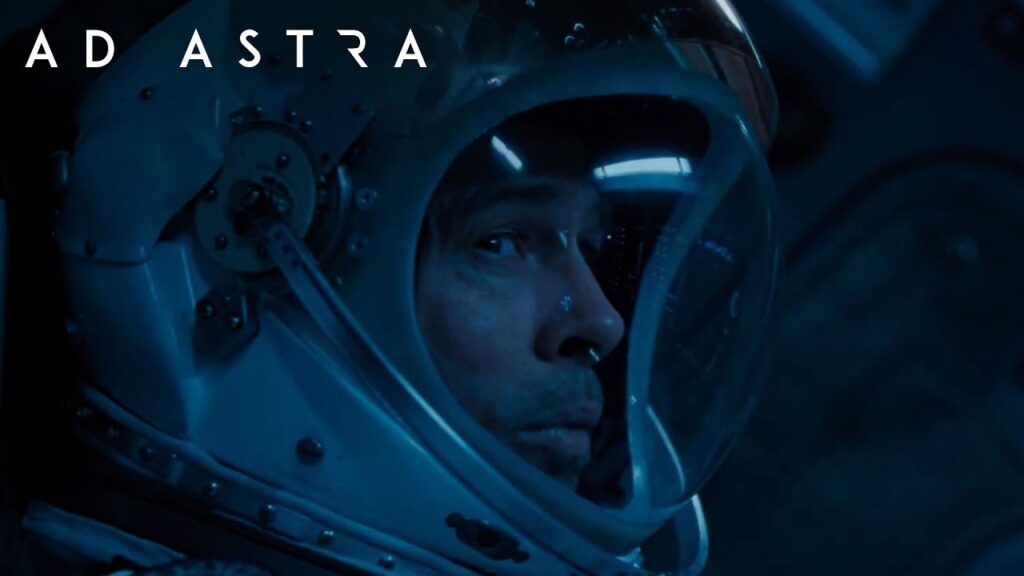
5. Brad Pitt lets go in Ad Astra (James Gray, 2019)
Heavily influenced by the iconic “2001: A Space Odyssey,” James Gray’s 2019 psychological sci-fi drama “Ad Astra” offers a deeply introspective journey into the depths of space and the human psyche. The film follows Roy McBride (Brad Pitt), an astronaut embarking on a perilous mission to trace the source of a planetary crisis back to his long-lost father, H. Clifford McBride (Tommy Lee Jones), whose previous deep-space mission vanished decades ago. While the film presents grand sci-fi concepts, its true heart lies in the complex, strained relationship between father and son.
“Ad Astra” stands out not just for its stunning visuals of the cosmos but for a profoundly moving zero-gravity moment that serves as the emotional core of the narrative: the tearful, silent goodbye between Roy and his father during a doomed spacewalk. After decades apart, Roy is stunned to learn that his father has no desire to return to Earth with him. With the fate of the planet hanging in the balance, Roy desperately pleads with his father, though almost no words are exchanged.
The scene’s power comes from its stark simplicity and the absence of sound, save for the characters’ breaths and the subtle hum of space. It’s a heartbreaking tableau in weightlessness, as Cliff calmly and firmly tells his son, “Let me go.” Roy, helpless, watches as his father drifts away into the infinite void of space. The meticulous effort to portray this emotional gravitas in a zero-gravity spacewalk, using a blend of subtle wirework and CGI, highlights the film’s commitment to realism and its masterful use of the space environment to amplify human drama, making it an unforgettable cinematic experience.
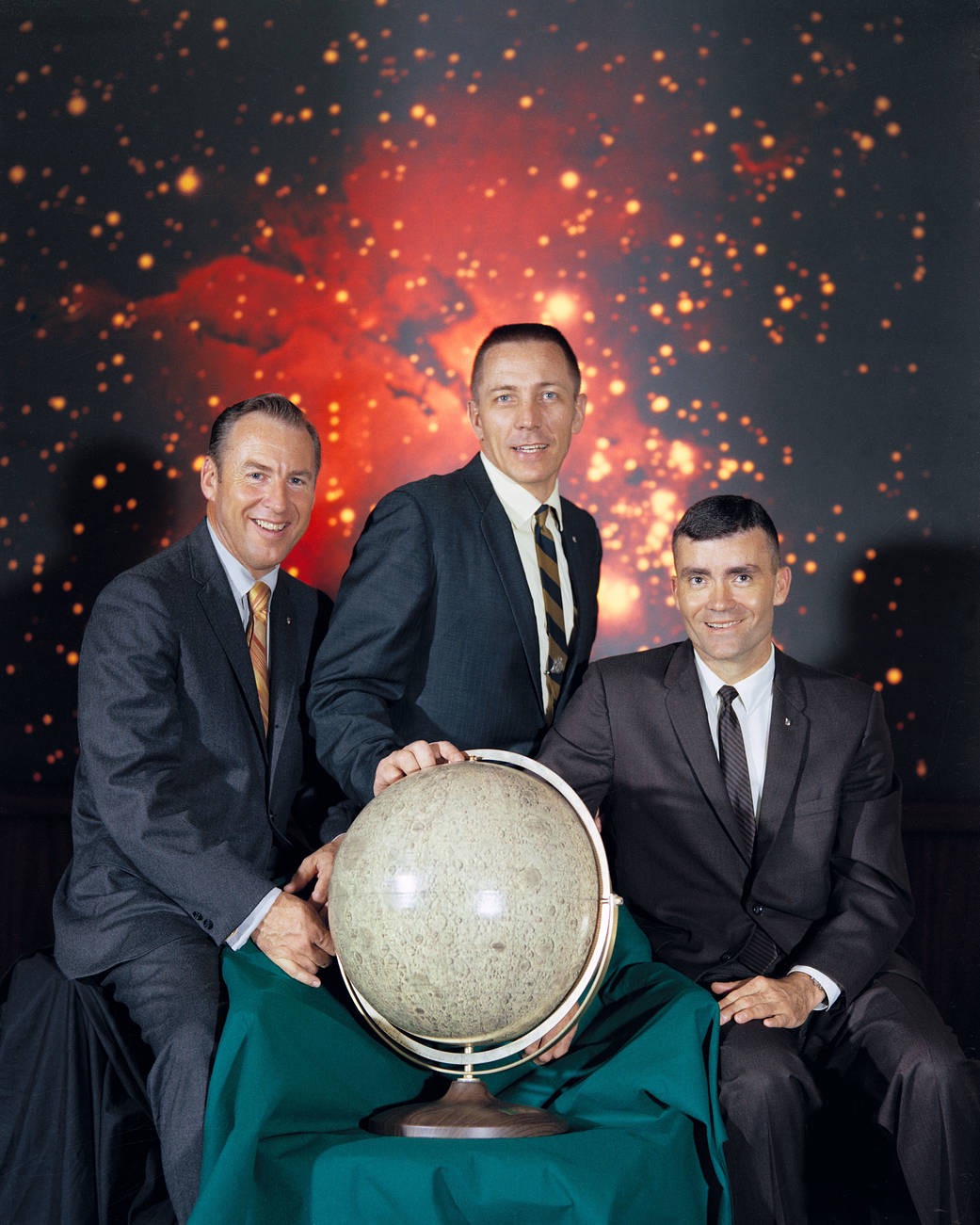
6. Crisis aboard Apollo 13 (Ron Howard, 1995)
Ron Howard’s 1995 masterpiece, “Apollo 13,” isn’t just a film; it’s a vivid, nail-biting recreation of one of NASA’s most harrowing real-life missions. Starring an incredible ensemble including Tom Hanks, Bill Paxton, and Kevin Bacon as the stranded astronauts, the movie plunges us into their desperate fight for survival after a critical module explodes. With power dwindling and communication sparse, NASA engineers on Earth race against time to bring them home. This film set an unprecedented standard for realistic space-based effects, particularly its portrayal of zero gravity.
What makes “Apollo 13” truly legendary in the realm of zero-g scenes is its commitment to authenticity: it remains the *only* outer space adventure in Hollywood history to be filmed in actual zero gravity. This incredible feat was achieved aboard a reduced-gravity aircraft, affectionately nicknamed the “Vomit Comet,” which flies parabolic maneuvers to create brief, 25-second bursts of weightlessness. The actors endured this grueling process, experiencing true zero-g, allowing for sequences aboard the lunar module to be an utterly immersive and believable experience for audiences.
In one of the most intense moments, the three astronauts are seen frantically flying through the cramped capsule, working against the clock to assemble a jury-rigged filter from spare parts. Their very lives depend on this improvised solution to prevent their breathable air supply from running out. The genuine weightlessness captured on film imbues the scene with an unparalleled sense of urgency and realism. This “extreme effort” in filmmaking not only paid off in stunning authenticity but also made “Apollo 13” a benchmark for how movies portray the challenges and triumphs of space travel, proving that sometimes, you just have to go the extra mile (or parabola!) to get it right.
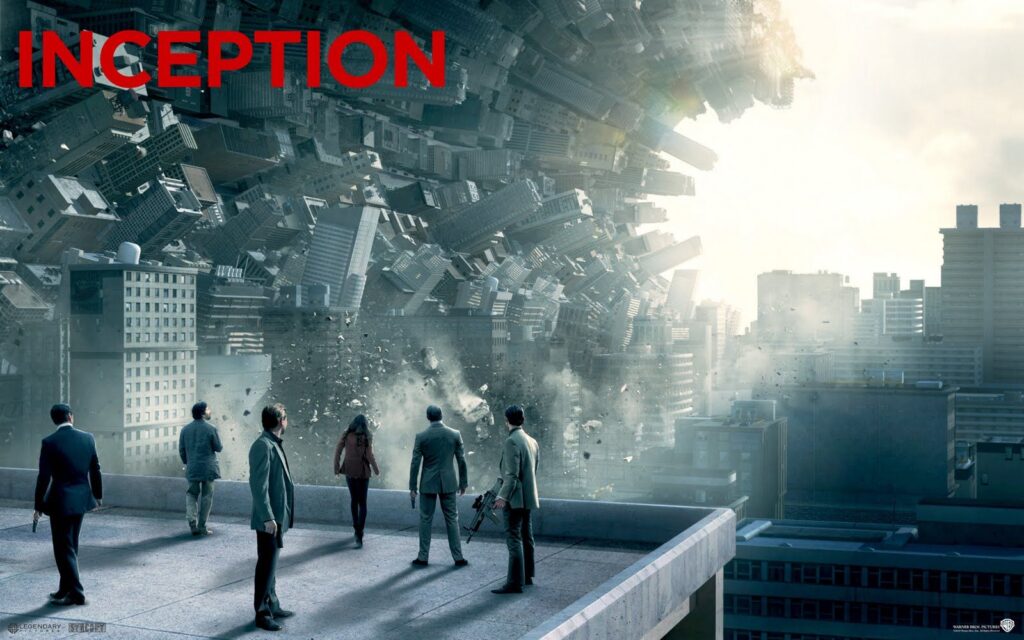
7. The hallway fight in Inception (Christopher Nolan, 2010)
Christopher Nolan might not always be the first name you think of when it comes to straight-up science fiction, but honestly, he’s delivered some of the most mind-bending genre films in recent memory, from “Interstellar” to “Tenet.” Yet, for many, his masterpiece remains the truly groundbreaking 2010 flick, “Inception.” This film isn’t just a story; it’s an experience, diving headfirst into the audacious concept of entering people’s subconscious minds.
We follow a team of mercenary dream-hunters, led by Leonardo DiCaprio’s Cobb, whose usual gig is stealing information from dreams. But this time, they’re tasked with an even more impossible feat: *implanting* an idea into a powerful tycoon’s subconscious. It’s a mission fraught with peril, where the very fabric of reality (or dream reality, rather) can be twisted and turned against them at any moment.
Among its many unforgettable sequences, the most jaw-dropping has to be the now-legendary hotel hallway fight. Picture this: Joseph Gordon-Levitt’s character, Arthur, is confronted by security agents within a dreamscape hotel. The catch? In the “real world,” Arthur is actually asleep in a van, and when that vehicle gets caught in a dangerous chase and flips off the road, his dream environment starts to tumble wildly.
Suddenly, gravity is a cruel joke, pulling Arthur from the floor to the ceiling, then to the wall, and back again. He’s battling enemy agents in this constantly shifting, disorienting space, all while his actual life hangs by a thread in the real world. The sheer logistical effort to bring this scene to life involved constructing an incredible rotating hallway set, a marvel of practical effects that made the impossible feel intensely real. It truly showed how far filmmakers will go to create a truly immersive and unforgettable moment.
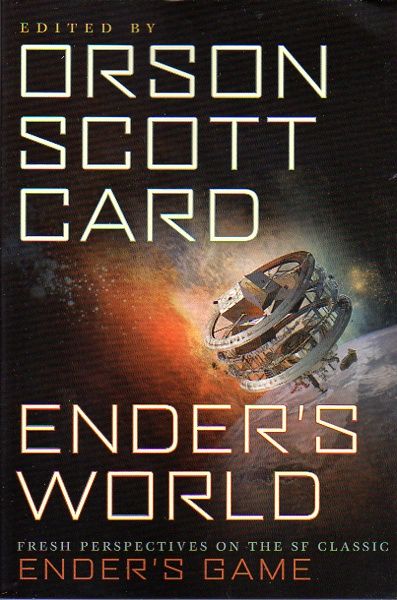
8. The training exercise in Ender’s Game (Gavin Hood, 2013)
Stepping into the futuristic shoes of a grizzled veteran commander, Harrison Ford made his return to space in the 2013 adaptation of Orson Scott Card’s seminal sci-fi novel, “Ender’s Game.” This film plunges us into a dire future where Earth is locked in a seemingly endless war with a dangerous alien race. Humanity’s desperate hope rests on a startling discovery: only adolescents possess the unique instincts to become the best soldiers.
Our protagonist is Ender Wiggin, a child prodigy portrayed by Asa Butterfield, who is sent to the elite Battle School. Here, his teachers believe his keen mind could be the key to commanding a group of elite soldiers, ultimately leading a mission to finally end the war. Initially, Ender is underestimated and often overlooked, a quiet genius navigating a world of older, more experienced recruits.
However, all that changes during a pivotal training exercise, set within a dynamic, zero-gravity environment. Alongside his team of fellow youngsters, Ender is tasked with outmaneuvering a more powerful rival squad. The sequence is a technical marvel, a thrilling blend of intricate wirework and seamless CGI that allows the young actors to “float” and “fly” with incredible agility, showcasing tactics that defy conventional combat.
This scene isn’t just about spectacular visual effects; it’s a powerful narrative moment of rising tension and ultimate triumph. Ender, constantly sidelined and doubted, forces his way into the game by devising ingenious new strategies. His graceful, gravity-defying maneuvers outsmart his opponents, proving beyond a shadow of a doubt that he possesses the leadership qualities and strategic brilliance needed to be the team’s commander.
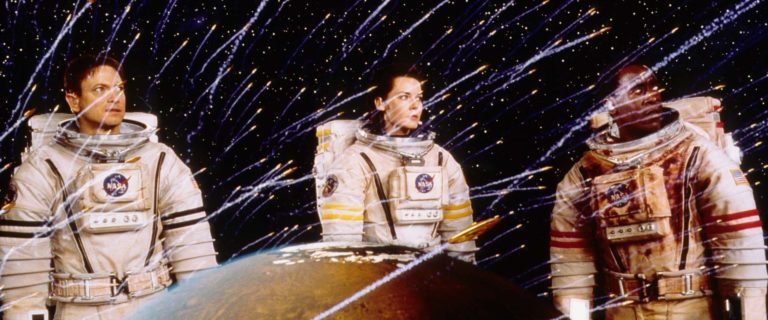
9. A romantic evening in space in Mission to Mars (Brian De Palma, 2000)
Around the turn of the millennium, there was a palpable buzz surrounding the Red Planet, fueled in part by NASA’s 1997 visit to Mars. This renewed interest sparked a mini-trend in Hollywood, leading to a couple of space-faring films in 2000, including “Mission to Mars” and “Red Planet.” While neither film quite reached “classic” status, “Mission to Mars” certainly delivered a uniquely memorable zero-gravity sequence that easily earns its spot on our list.
Set in a then-futuristic 2020, the story follows astronaut Luke Graham (Don Cheadle), who finds himself stranded on Mars after a fierce dust storm forces his crew to leave him behind. A subsequent rescue mission is quickly launched, taking married astronauts Woody Blake (Tim Robbins) and Terri Fisher (Connie Nielsen) on a long and arduous journey to the Red Planet.
During their extensive travels, amidst the high stakes and uncertainty, Woody and Terri decide to carve out a moment of peace and intimacy. This leads to a truly heartwarming scene where Terri, hearing her husband playing the iconic Van Halen tune “Dance the Night Away,” joins him in a delightful zero-gravity dance. As she gracefully glides through the full-scale, rotating cabin, they share a weightless moment together, creating a cinematic dance sequence that stands apart from any other.
It’s a moment that’s both romantic and visually engrossing, showcasing the lighter, more human side of space travel. Unlike many other zero-g scenes focused on pulse-pounding thrills or desperate survival, this tender interlude highlights the emotional potential of weightlessness as a backdrop. The effort to build such an immersive, rotating set for this scene speaks to the commitment to cinematic detail, proving that even in a generally “mediocre” film, a beautifully choreographed zero-gravity sequence can deeply stir the soul.
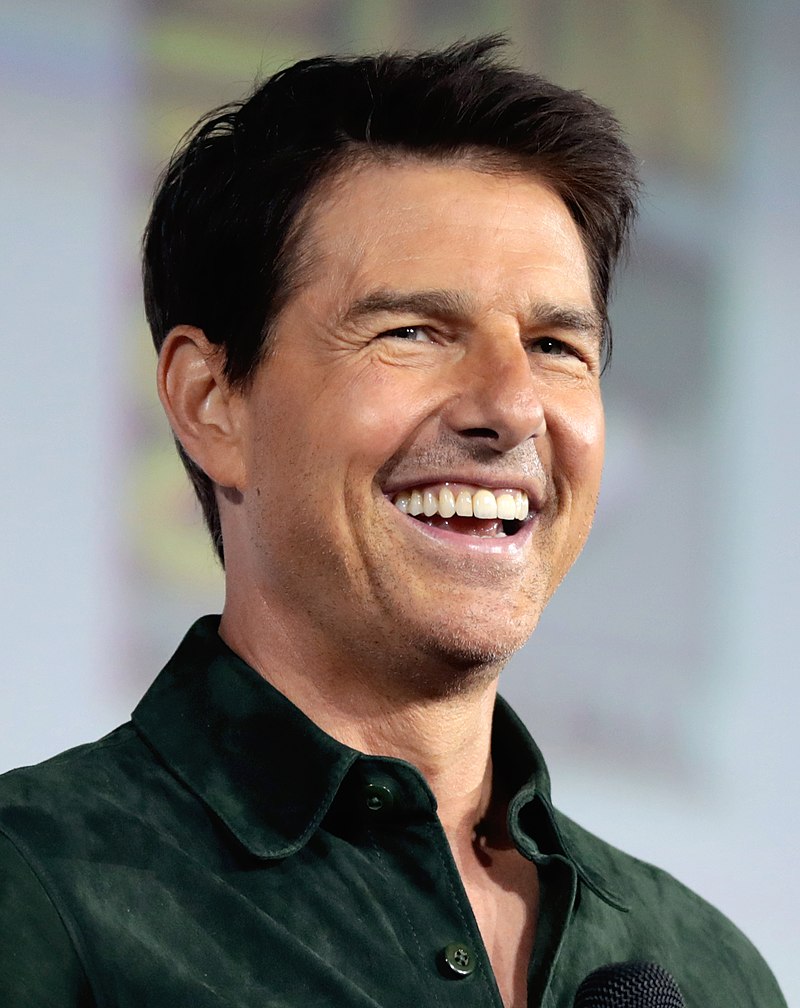
10. Tom Cruise in freefall in The Mummy (Alex Kurtzman, 2017)
Not every movie needs to be set in the vast emptiness of outer space to deliver a pulse-pounding action sequence in zero gravity. The 2017 reboot of “The Mummy,” featuring global superstar Tom Cruise alongside Annabelle Wallis and Sofia Boutella, proves this point with undeniable flair. While the film as a whole might not have resonated as strongly with critics and audiences as Universal hoped for their “Dark Universe” revival, its most utterly captivating action scene is undeniably a standout.
The scene kicks off with US Army Sgt. Nick Morton (Cruise) and archaeologist Jenny Halsey (Wallis) on a flight, escorting the newly unearthed mummified remains of the ancient Egyptian Princess Ahmanet. However, things take a terrifying turn when the malevolent spirit of Ahmanet possesses the pilot, leading to catastrophic disaster aboard the plane. The crew is killed, and the aircraft plunges into a terrifying nosedive, sending everyone into a chaotic, stomach-lurching freefall.
As the plane plummets uncontrollably towards the ground, Morton and Halsey are violently thrown into an unexpected zero-gravity environment. They are desperately wrestling for stability, fighting against the forces of chaos to gather parachutes and essential rescue gear, knowing that every second brings them closer to certain death. It’s a harrowing, visceral experience that puts the audience right there with them.
In a move that’s classic Tom Cruise, the film went to extraordinary lengths to capture this realism. Much like the legendary “Apollo 13,” this production utilized a reduced-gravity aircraft, famously dubbed the “Vomit Comet,” to film the sequence in actual zero gravity. It’s no surprise that Cruise himself reportedly insisted on this method, pushing the boundaries of practical effects to make the scene as authentic and terrifyingly immersive as humanly possible, truly embodying the “extreme effort” of filmmaking.
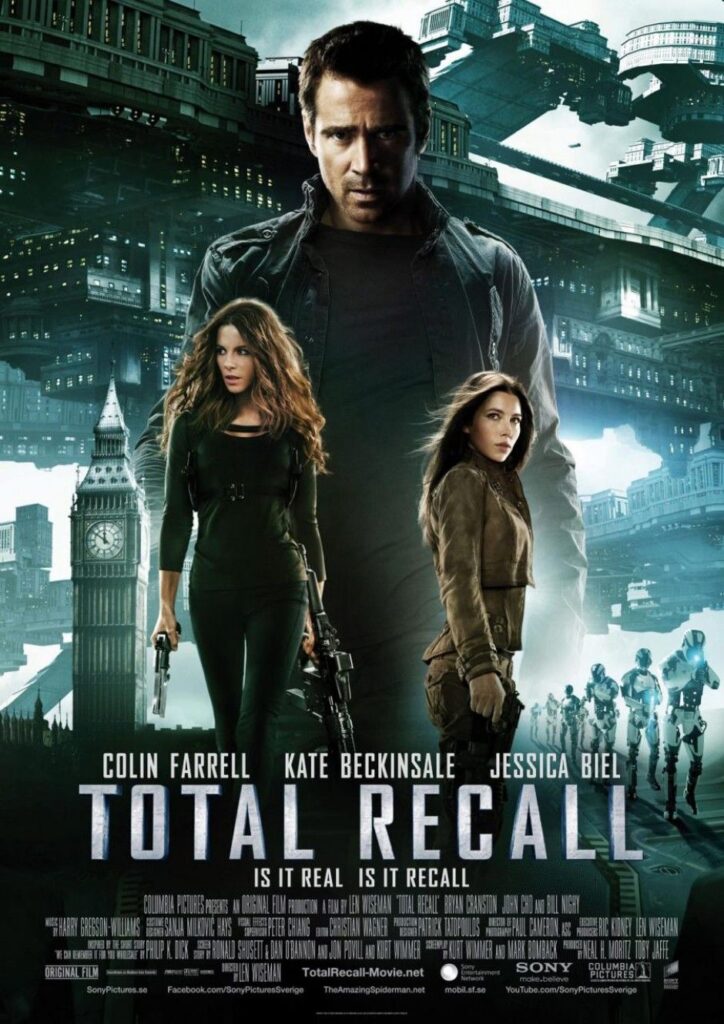
11. The gravity train in Total Recall (Len Wiseman, 2012)
You know, sometimes a movie can be a bit of a critical and box office head-scratcher, yet still surprise you with some truly innovative and exciting moments. The 2012 remake of “Total Recall,” starring Colin Farrell, Kate Beckinsale, Jessica Biel, and Bryan Cranston, often falls into this category. But for us, one particular highlight of its rare instances of creative brilliance definitely takes place in an unforgettable zero-gravity setting.
Mirroring the classic Arnold Schwarzenegger film, the story centers on Douglas Quaid (Farrell), an apparent everyman whose reality is shattered after a memory implant procedure. He’s supposed to be getting a memory of being a secret agent, but instead, the procedure reveals he might *actually* be an undercover intelligence operative who has betrayed the ruthless Chancellor Cohaagen. It’s a twisty, mind-bending ride where you can’t quite tell what’s real.
A fascinating new element introduced in this 2012 version, absent from the 1990 original, is “The Fall.” This incredible, gravity-defying elevator transports commuters to the other side of the planet by passing straight through the Earth’s core. Crucially, as it traverses this impossible journey, there’s a period where passengers experience complete zero gravity. It’s during this segment that Quaid finds himself confronted by heavily armed soldiers, all while trying to thwart Cohaagen’s deadly plans.
What ensues is an incredibly tense, chaotic firefight in the heart of “The Fall’s” zero-g environment. Quaid, thinking fast, ingeniously uses his high-powered machine gun to propel himself through the air, struggling desperately to maintain orientation amidst the floating debris and enemy fire. This sequence, with its unique concept and the immense special effects needed to pull off the elaborate zero-g combat, perfectly illustrates the “Extreme Cost and Effort” required to bring such audacious cinematic visions to life, all while thousands of innocent lives hang in the balance.
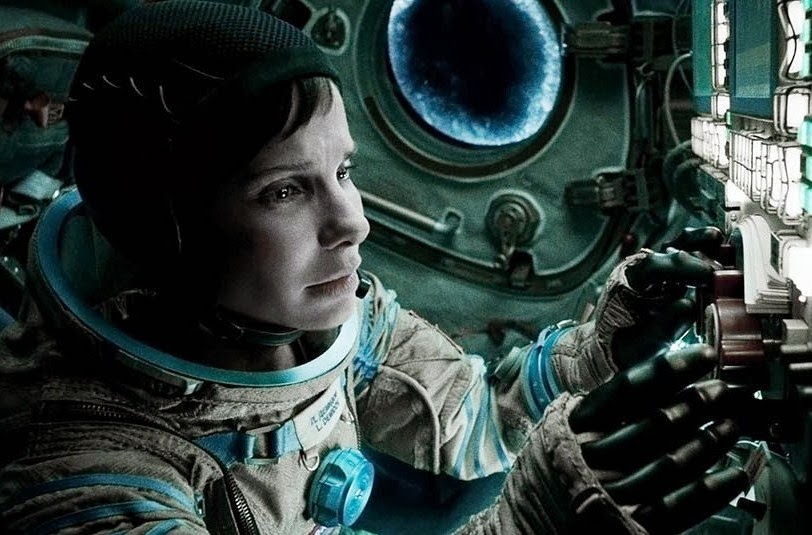
12. The first walk in Gravity (Alfonso Cuarón, 2013)
If ever there was a film designed to immerse you completely in the terrifying beauty of zero gravity, it’s Alfonso Cuarón’s 2013 masterpiece, “Gravity.” This drama is set almost entirely in the weightless void, serving as a profound story of acceptance and grief. While many films save their most spectacular zero-g moments for a climactic showdown, “Gravity” boldly kicks off its entire narrative with a sequence that is both mesmerizing and utterly terrifying.
The film opens with two intrepid astronauts: the seasoned veteran Matt Kowalski (George Clooney) and the brilliant but inexperienced Dr. Ryan Stone (Sandra Bullock). They are on a space shuttle mission, meticulously making adjustments to the iconic Hubble telescope. The initial serene beauty of Earth from orbit, the quiet dedication of their work – it’s a moment of breathtaking majesty.
But disaster, as it often does in space, strikes without warning. A deadly field of space debris hurtles towards them, obliterating their shuttle and instantly separating Stone from the relative safety of her spacecraft. Suddenly, she’s spinning, alone, and rapidly careening into the endless, silent vacuum of space. It’s a palpable shift from awe to sheer terror, captured with a camera that whirls and spins, mirroring Stone’s disorientation.
In a daring and utterly unexpected rescue, Kowalski manages to save her life, but the cost is immense. He later makes the ultimate sacrifice, detaching himself to give Stone even a slim chance of survival. This riveting sequence masterfully captures both the serene majesty of space and the profound terror and hopelessness of being utterly disconnected from our home planet. The immense technical effort, from the stunning CGI to the masterful camera work, truly set a new benchmark for cinematic realism in zero gravity, defining how we perceive the final frontier.
And there you have it, space explorers! From daring escapes aboard tumbling planes to intense firefights in a planet-crossing elevator, these twelve cinematic moments represent the pinnacle of filmmaking ambition when it comes to depicting zero gravity. Each scene, whether achieved through groundbreaking practical effects, cutting-edge CGI, or the mind-bending reality of the “Vomit Comet,” tells a story not just of on-screen heroism, but of the relentless dedication, ingenuity, and often eye-watering expense that Hollywood pours into making the impossible feel truly real. So next time you’re captivated by a weightless dance or a desperate struggle in the void, take a moment to appreciate the sheer “Extreme Cost and Effort” that went into taking you there. It’s a testament to the magic of cinema and our unending fascination with the final frontier!

